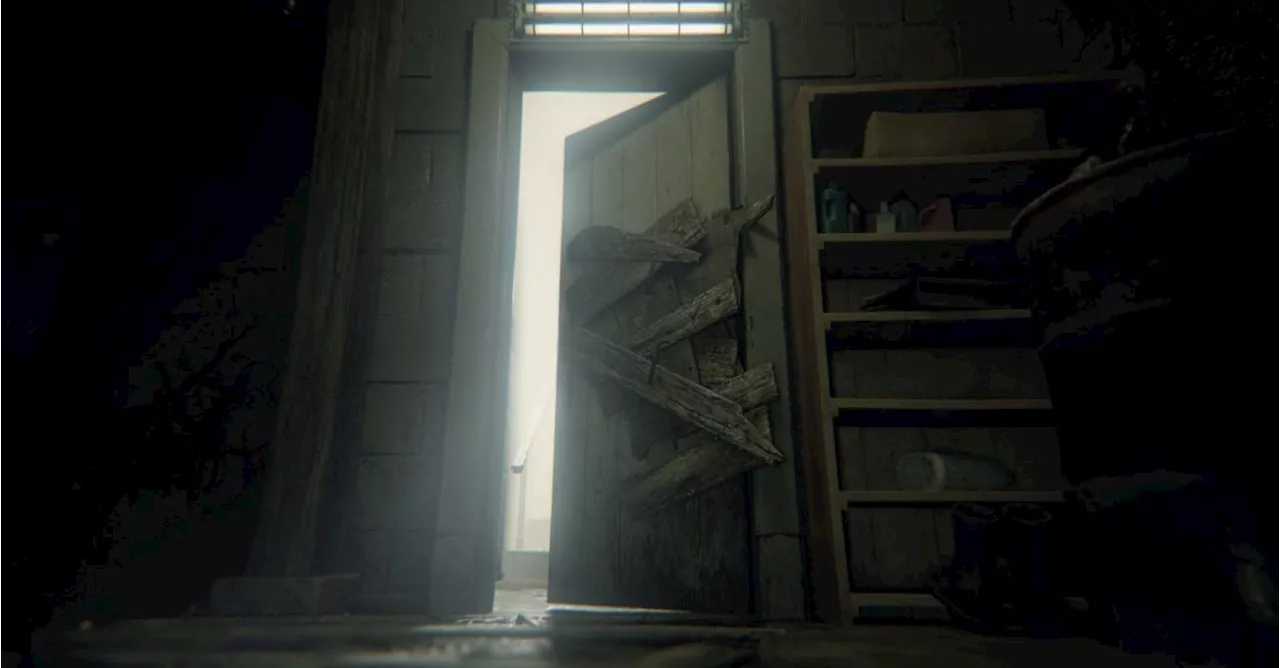Video game developers are facing significant challenges in creating realistic and functional doors within their games. This issue has gained attention on social media, with industry professionals discussing their frustrations. Notable figures such as Stephan Hövelbrinks, the creator of *Death Trash*, and Kurt Margenau, co-game director of *The Last of Us Part II*, have highlighted the intricate design problems that accompany what seems like a simple object.
Margenau noted that creating a door that players can interact with correctly often takes longer than anticipated. He stated, “The best kind of door in a video game is the one no one remembers.” This sentiment underscores the idea that when a door is well-designed, it seamlessly integrates into the game, allowing players to focus on the experience rather than the mechanics of interacting with it.
Understanding In-Game Door Mechanics
The complexity of door mechanics becomes evident during high-stress situations, such as combat. Margenau explained that doors behave differently depending on the context in which players encounter them. For example, a door might close automatically during a battle but remain open during exploration. He emphasized the importance of realism: “If a player is going to open a door, it can’t just magically fly open; the character has to reach for the doorknob.”
This realism extends to how doors respond when multiple players or non-player characters (NPCs) interact with them. Developers must consider what happens if a door strikes an NPC or if several players attempt to use the same door simultaneously. Such scenarios can lead to various bugs, complicating an already challenging design process.
Common Objects Pose Unique Challenges
Doors are not the only common objects that developers find problematic. Liz England, a game designer, pointed out that everyday items like ladders and ropes also present challenges. However, she noted that doors often receive more attention because they are ubiquitous in both the real world and in gaming. Developers frequently opt to avoid interactive doors altogether, as many games feature doorways that do not require interaction, either leaving them open or using them solely as progress gates.
In contrast, Will Kerslake, game director at Crystal Dynamics, discussed the technical difficulties that arise from attempting to create functional doors. He explained that the direction a door opens, the placement of handles, and the various states in which a player might engage with the door all require a complex set of animations. For instance, a door that opens towards the player necessitates backing away, which adds to the design challenges.
The Cognitive Expectations of Players
Beyond the technical aspects, developers must also consider how players perceive doors. Galbraith pointed out that players have a subconscious understanding of how doors function based on their real-life experiences. He explained that players expect doors to move, sound, and behave in certain ways, and any deviation from these norms can disrupt immersion.
“Players subconsciously learn the minute details of how doors act,” Galbraith stated. “When we see a door in a game that closes too fast or without friction, we notice that something isn’t quite right.” Achieving a level of realism where players can accept the virtual representation of a door is key to maintaining engagement in the game.
Ultimately, doors serve more than just an aesthetic purpose in video games; they play an integral role in level design. They can act as barriers that prevent players from progressing until specific conditions are met, such as solving a puzzle or defeating a boss. Galbraith remarked, “Doors are just one of a variety of tools that a developer can use when designing levels.”
As developers continue to innovate and refine their approaches to door mechanics, it remains clear that this seemingly simple object presents a complex array of challenges that require careful consideration and creative solutions.







